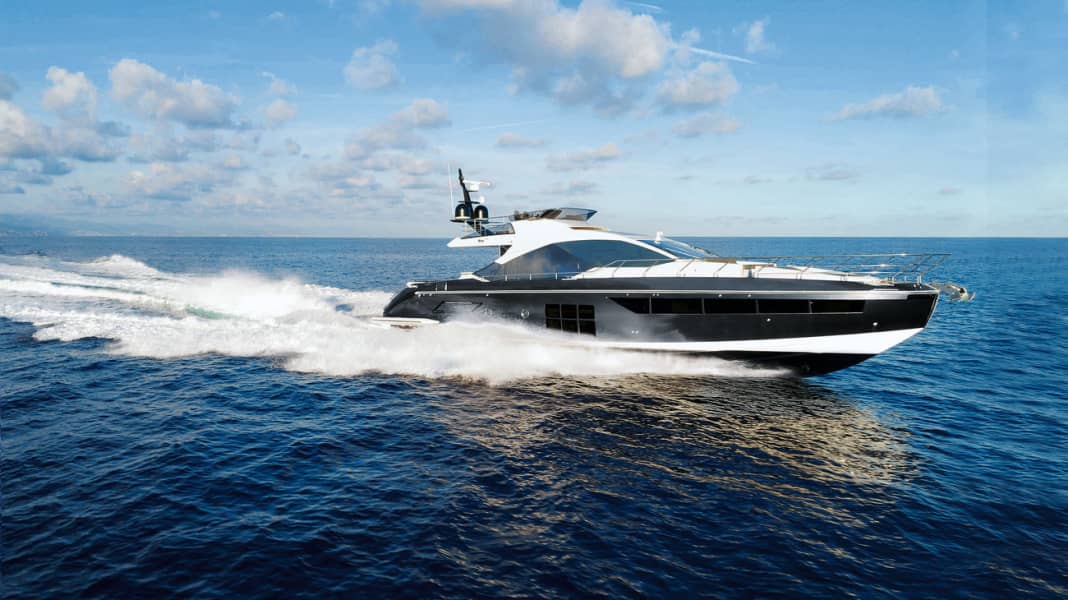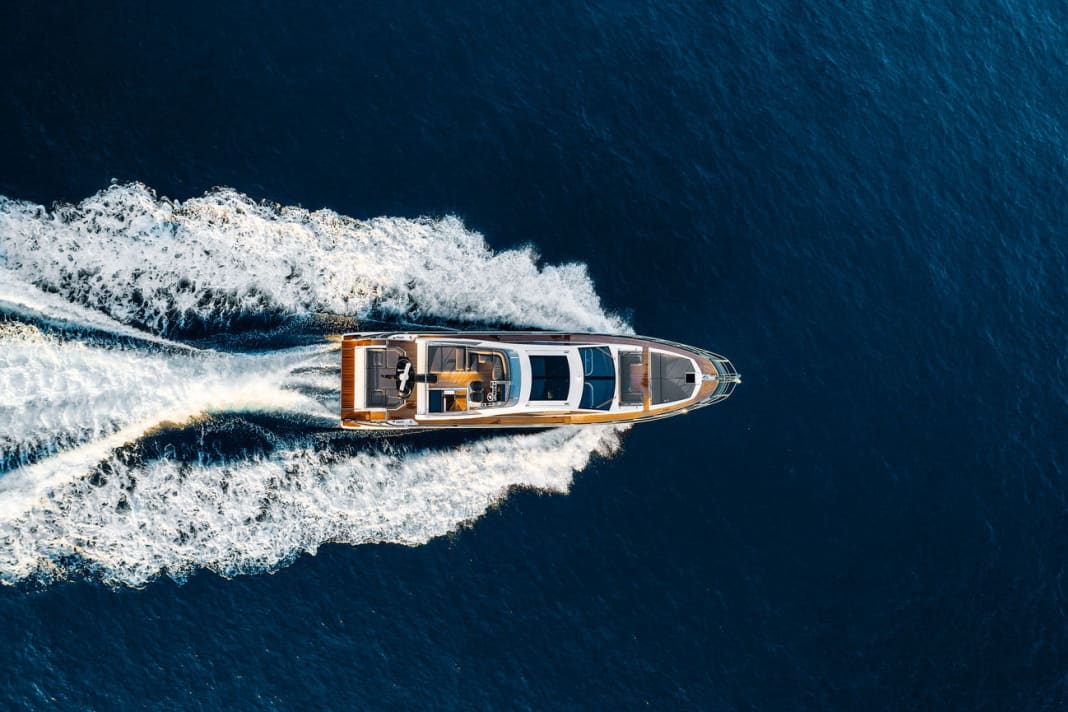
Anyone can build a conventional boat with synthetic resin and fibreglass (GRP), withEpoxy resin and carbon fibre(CFRP) is not. As a result of a development phase lasting around ten years, the Italian shipyard Azimut is now able to "bake" its boats in the truest sense of the word, at least in part.
The magic word is carbon fibre. Boats built with carbon fibre weigh less than conventional GRP construction, which eitherhigher speedswith the same engine power or the same speed with less horsepower. In addition, lightweight construction enables completelyNew spatial, structural and design conceptsthat were previously impossible to realise. A path that Azimut is clearly taking.






Carbon fibre is currently used in seven models. One of these isthe S7, a boat just over 21 metres long with a small flybridgeAlthough the hull of the S7 is still made of GRP, carbon fibre is used inside, on deck and in the superstructure, which, according to the shipyard, is built in a 50:50 mixing ratio and, among other things, offers a noticeableWeight saving brings. That alone is not enough for Azimut, they immediately packthree IPS drivesfrom Volvo Penta into the boat.
Others can do this too, but the question is: "How?" While three IPS drives have usually been installed next to each other in one plane, i.e. in the flat boat floor aft, Azimut has arranged the two outer drives in a V-shape.
Successful room layout: in addition to a VIP cabin with its own bathroom in the foredeck, there aretwo guest cabins with day bath arranged on the port side. Amidships then the obligatoryOwner's cabin. And it has it all: a diagonally arranged double bed, opposite a TV wall, behind which a washbasin with bathroom furniture and the door to the shower and toilet are hidden.
